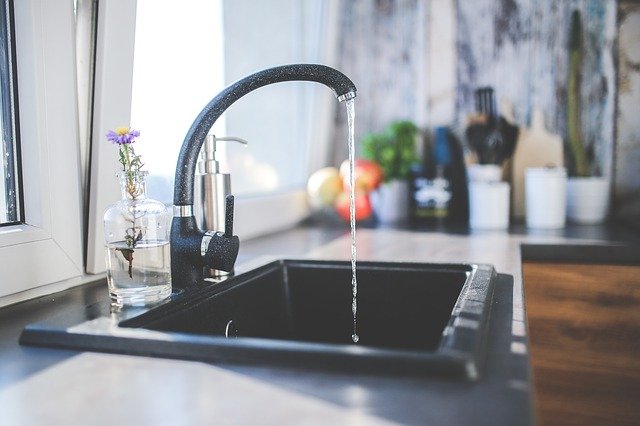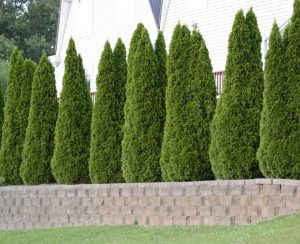If your washing machine is taking a while to fill up, water dribbles, instead of flows, out of the faucet and your showerhead is dripping droplets, your home is experiencing symptoms of low water pressure.
Fortunately, there’s no need to panic. This is a common plumbing problem with many culprits, which you can correct with a minimal investment of money or time. But before you figure out how to increase your home’s water pressure, determine the reasons behind your low water pressure problem.
Why Is My Water Pressure So Low?

When your water pressure is bad, there is always a cause, which can be easily fixed. Consider asking the following questions:
- Is the water pressure regulator faulty? One of the common causes of bad water pressure is a faulty pressure-reducing valve or pressure regulator. This valve reduces your plumbing system’s input pressure to a safe level to prevent damage to your pipes. If your home has one, check if the regulator is failing. If it is, it can cause an upward spike in water pressure or a sudden reduction in pressure.
- Is the main shutoff valve open? Similar to the water meter valve, the main shutoff is sometimes closed after a repair has been done to the plumbing system. If your water pressure lessened significantly after a repair, check if the valve wasn’t fully opened.
- Do you have old steel water pipes? One of the most expensive culprits behind low water pressure is corroded galvanized steel water pipes. Damaged pipes can significantly restrict water flow. Since these pipes corrode inside, the corrosion isn’t immediately evident. Over time, however, the buildup and scale of corrosion will close the pipe.
- Are the neighbors using your water? Low water pressure can also happen when other people are using your water. If you notice bad water pressure at certain times of the day, it may be because you and your neighbors have the same schedules. For example, everyone might be showering at the same time.
How Do I Fix Low Water Pressure in My House?

Despite the problems above, you can still increase your home’s water pressure by trying the following solutions:
- Get in touch with the neighbors. Talk to your neighbors and see if they are experiencing the same problem. If they are, your city’s municipal water system might have a problem. Similar to your home, these public systems are subject to challenges such as clogs, buildup, leaks and corrosion.
- Test the pressure yourself. “How do I test water pressure by myself?” you might ask. Use a test gauge with a hose connection. All you have to do is screw the gauge onto the faucet before you turn on the tap. Before, make sure that all your house’s faucets and other water-using appliances are turned off.
- Adjust the pressure-reducing valve. One of the easiest ways to increase water pressure is to adjust the pressure-reducing valve, which sits on the primary water-supply pipe. Look for a cone-shaped valve next to the water meter. Also, look for a threaded bolt, which protrudes from the top of the valve. Raise the pressure by loosening the bolt’s locking nut before you turn it clockwise.
- Install a water pressure booster pump. When all the other methods have failed, call your local plumber and have them install a pressure booster. These powerful electric pumps are cut into the water supply line, which adds pressure to the water, raising it to the right level.
- Clear the clogs. A buildup of mineral deposits is one of the culprits behind clogged pipes. In severe cases, the pipe’s diameter decreases until they become fully clogged, which prevents the water from flowing freely, leaving you with trickles from the faucet or drips in the shower.
One way to address clogs is by dissolving minerals that are blocking your showerheads and faucet fixtures. Place an open Ziplock bag filled with vinegar over your faucet or showerhead, tie it in place and leave it to soak for 24 hours. Rinse the fittings off the next day.
- Look out for leaks. Damaged or cracked pipes often result in water leaks that siphon off the water as it goes through the pipe, leaving you with a limited water supply. To see if your pipes are damaged, shut off your faucets and turn off the water valve and jot down the numbers that appear on your meter. Leave it for two hours then come back again. If the reading increased, you have a leak problem.
If your water pressure is still low after these remedies, don’t hesitate to call in your local plumbers. They can surely get your water pressure up and running.











